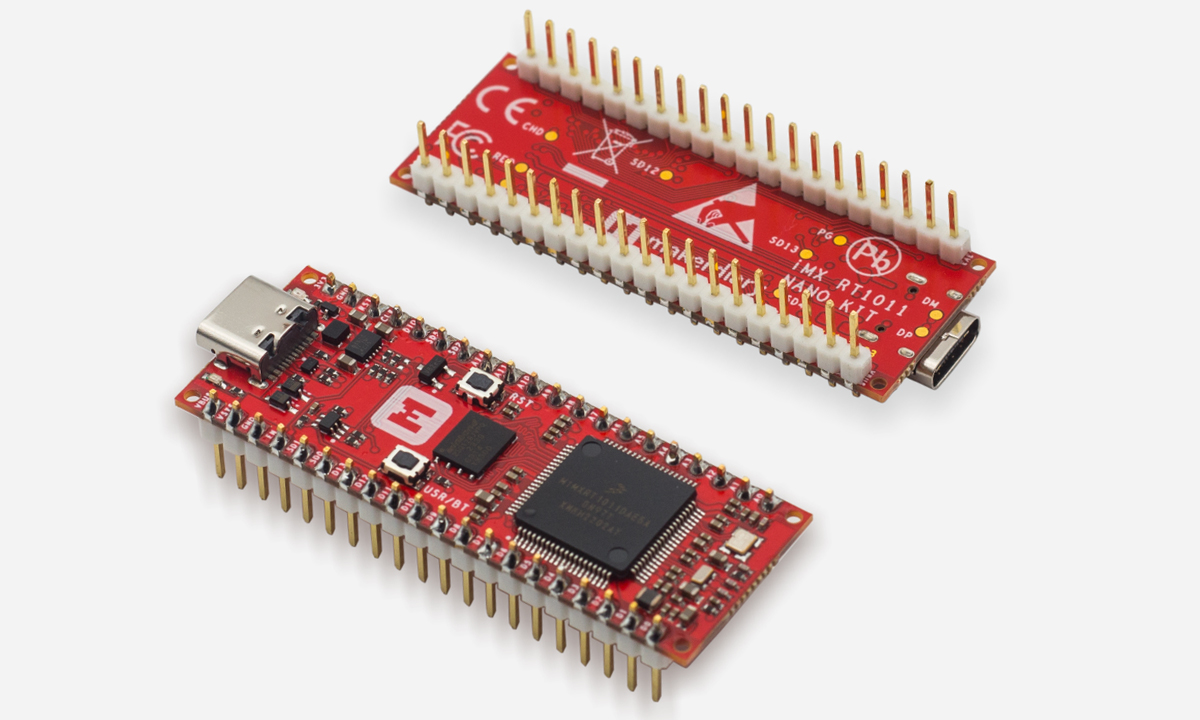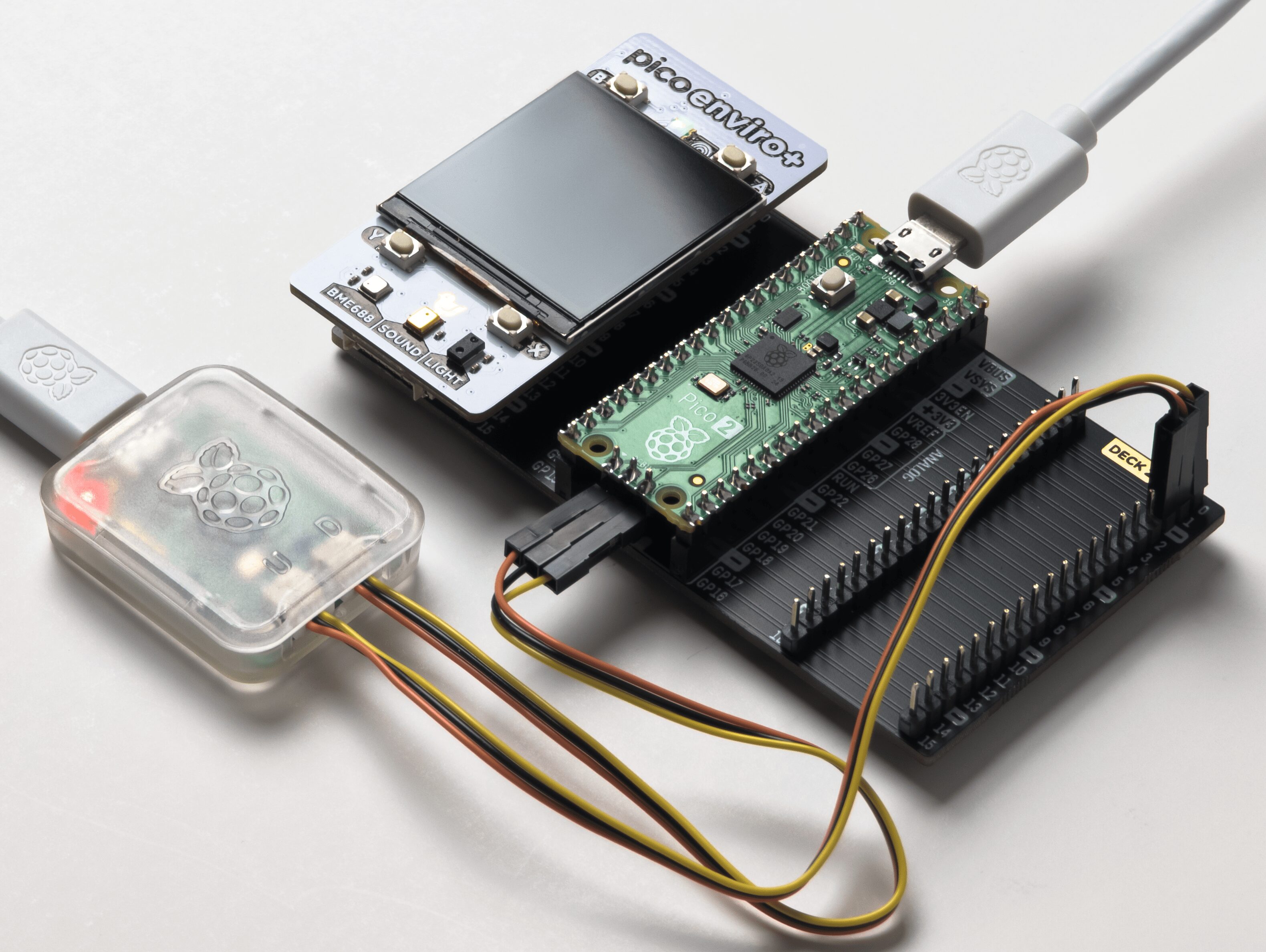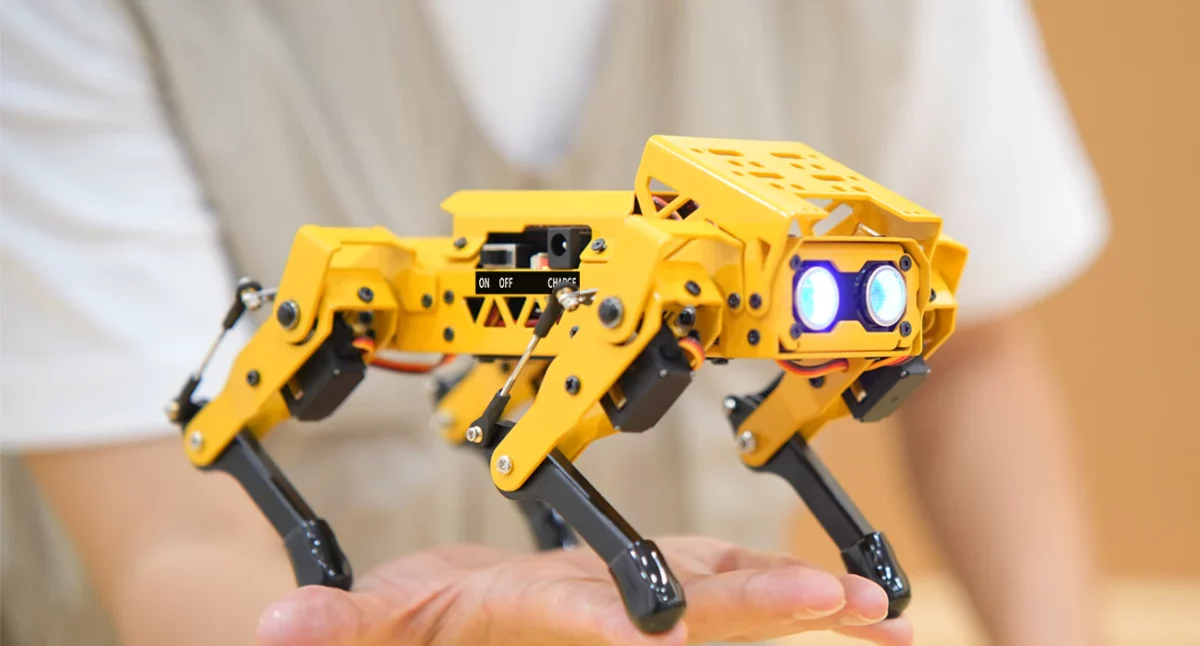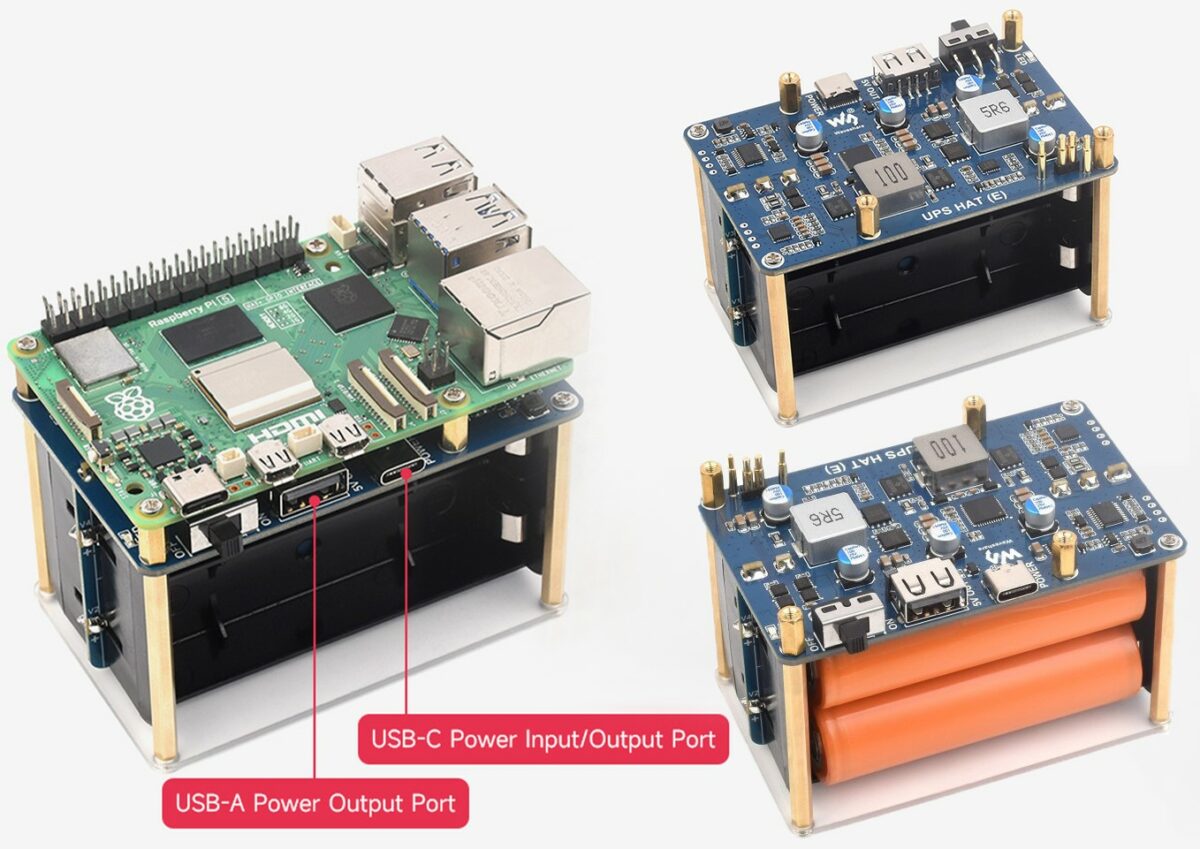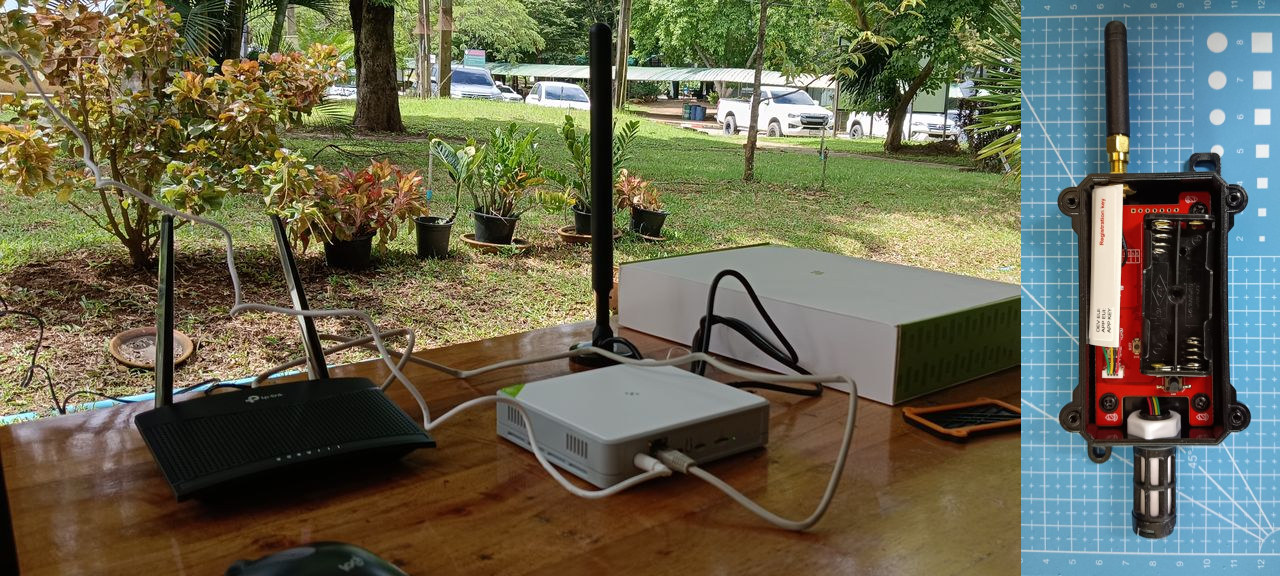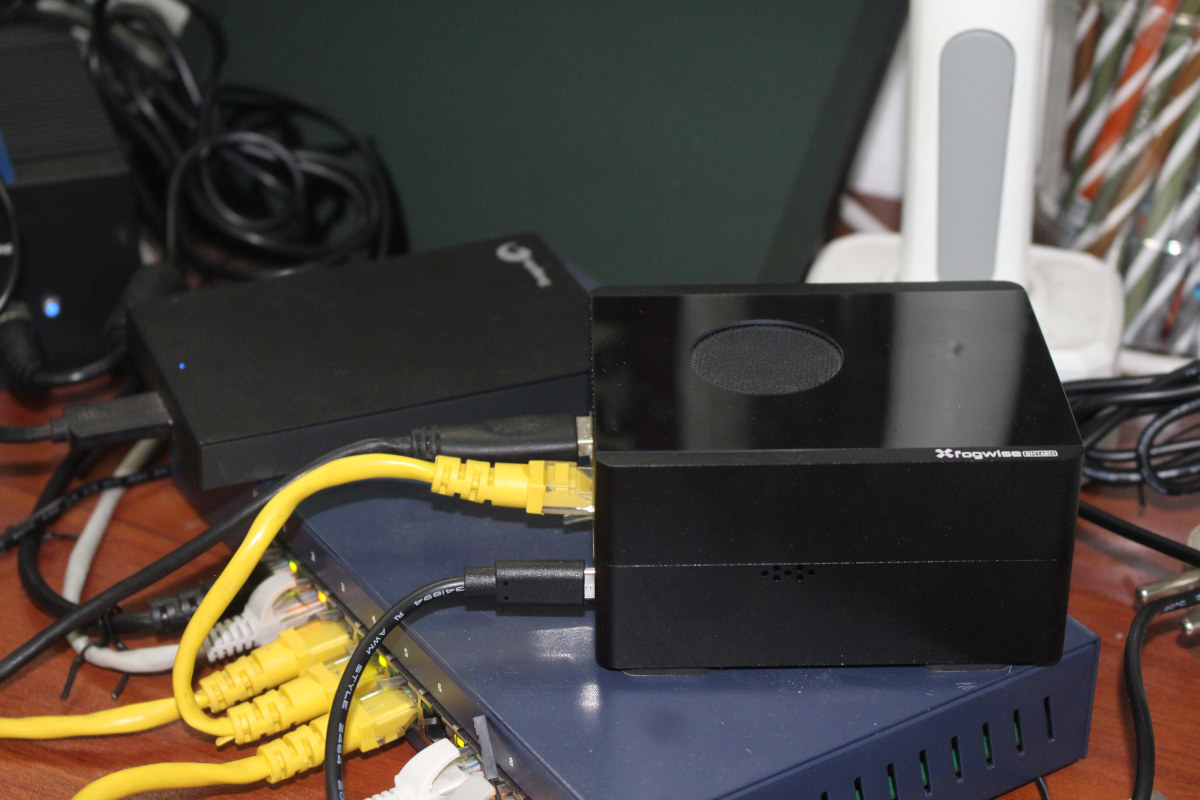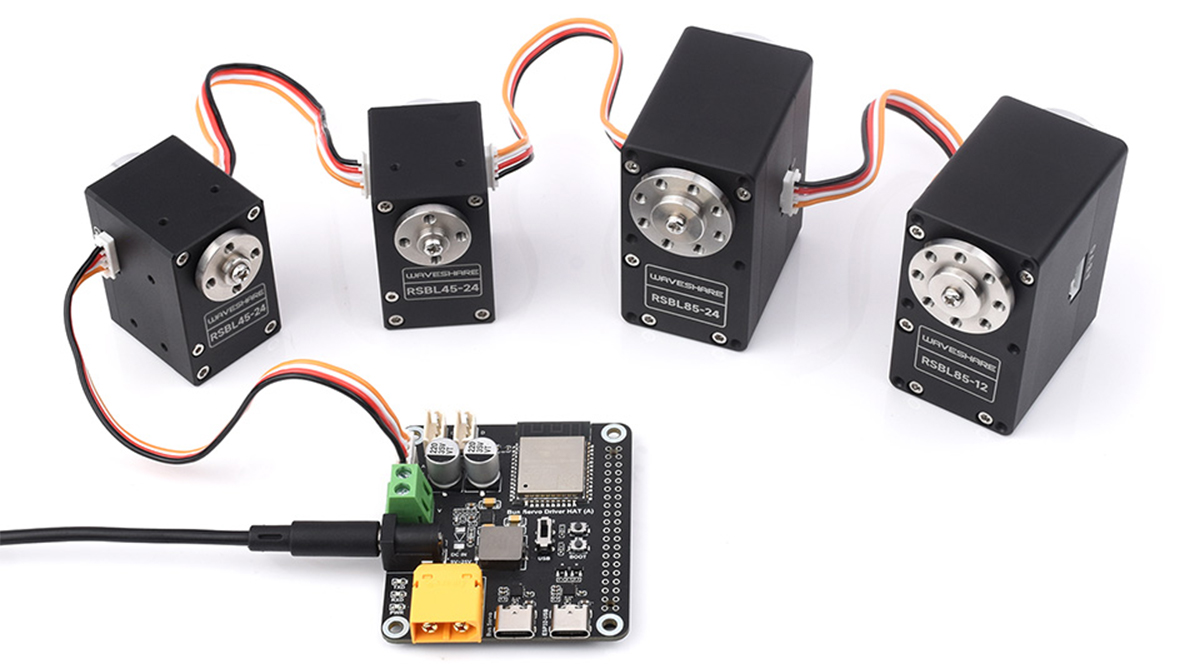Makerdiary’s iMX RT1011 Nano Kit is a prototyping board featuring the NXP iMX RT1011 Cortex-M7 Crossover MCU running Zephyr RTOS. It offers 128 KB of on-chip RAM, configurable as TCM or general-purpose memory, and supports high-speed USB, UART, SPI, I2C, SAI, PWM, GPIO, and ADC, making it suitable for a variety of embedded applications. The board also includes a 128 Mbit external QSPI flash with XIP support, flexible power management, a programmable LED and Button, and a USB-C connector. It features a dual-row 40-pin layout (DIP/SMT) with up to 33 multi-function GPIO pins, 15 of which can be used as ADC inputs, along with a Serial Wire Debug (SWD) port. Optional pre-soldered headers are available for added flexibility. We previously covered other iMX RT1011-based development boards, such as the Olimex RT1010-Py running MicroPython and Adafruit Metro M7 with CircuitPython firmware. Be sure to check them out if you’re interested. Makerdiary’s […]
Google Pigweed SDK now supports Raspberry Pi RP2350 microcontroller
Google Pigweed, a collection of open-source libraries for embedded software development, now supports the Raspberry Pi RP2350 MCU and comes as a software development kit (Google Pigweed SDK). These libraries, also called modules, are building blocks that make embedded software development faster and more reliable. It targets tiny 32-bit microcontrollers such as STMicro STM32L452, Nordic Semi nRF52832, and the Raspberry Pi Pico line of microcontrollers. The library components have shipped in Google Pixels, Nest thermostats, robots, satellites, and drones. On August 8, the Pigweed project was released as a software development kit (SDK) in developer preview with official support for Raspberry Pi RP2350 and the associated Pico 2 development board. The new release uses the Bazel build system – a feature upstreamed into the Pico SDK by the Google Pigweed team – and a complete, open-source Clang/LLVM toolchain. The Google Pigweed SDK includes sample code, modules, and a comprehensive tutorial […]
MechDog AI Robot Dog features ESP32-S3 controller, supports Scratch, Python, and Arduino programming
Hiwonder’s MechDog is a compact AI robot dog powered by an ESP32-S3 controller that drives eight high-speed coreless servos. It features built-in inverse kinematics for precise and agile movements and has ports for various I2C sensors such as ultrasonic and IMU sensors. The robot is equipped with a durable aluminum alloy frame and a removable 7.4V 1,500mAh lithium battery for power. MechDog integrates with the ESP32-S3 AI vision module, supporting dual-mode network communication either AP Hotspot Direct Connection Mode or STA LAN Mode so that users can access a designated URL webpage via an app or PC for real-time monitoring using a high-definition camera. Also, this robot dog supports various sensor modules, including a touch sensor, light sensor, dot matrix display, and programmable MP3 module, allowing for secondary development and expansion, offering extensive creative possibilities. Previously, we wrote about the Waveshare UGV AI Rover, which features a 2mm thick aluminum […]
Waveshare UPS HAT (E) for Raspberry Pi 5/4/3B+ takes four 21700 Lithium batteries, supports USB PD 3.0
The Waveshare UPS HAT (E) is a UPS expansion board for Raspberry Pi 5/4B/3B+ that supports four 21700 Lithium batteries and includes a battery fuel gauge IC for monitoring voltage, current, and capacity. The USB Type-C port is compliant with the PD 3.0 standard and allows for 40W fast bi-directional charging, and a high-power buck chip provides a 5V/6A output. Additionally, it supports I2C for real-time status updates. Previously, we wrote about the wider SupTronics Raspberry Pi 5 UPS HAT, which supports four 18650 batteries and delivers up to 5V with a higher current output of 5A. This HAT has no Type-C support and uses a DC jack and XH2.54 connector for 6V-18V input. Feel free to check it out if you’re interested in this product. Waveshare UPS HAT (E) specifications: Compatibility – Raspberry Pi 5 / 4B / 3B+ USB Interfaces USB Type-C Input/Output – Supports multiple voltage levels […]
Adeept Robot HAT for Raspberry Pi is designed for DIY projects and educational needs
The Adeept Robot HAT V3.0 is a motor and sensor driver HAT that supports Raspberry Pi 5, Pi 4, and Pi 3 models. The board features a bunch of headers that give access to sensor and motor controllers including sixteen servo motor ports, a three-channel line tracking sensor, an ultrasonic sensor, IR receivers, WS2812 RGB LEDs, and more. Additionally, the board features an integrated 8.4V battery charger with a Type-C port for charging. All these features make it easy to build DIY robotics and smart car projects with this HAT. Previously we have written about similar educational robot kits including the Arduino Alvik educational robot, the XGO-Rider self-balancing robot, the Waveshare UGV Rover, SunFounder GalaxyRVR, and much more. Feel free to check that out if you are interested in those topics. Adeept Robot HAT V3.0 specifications HAT Name – Adeept Robot HAT V3.0 Host controller (one or the other) Raspberry Pi […]
Review of AgroSense LoRaWAN Smart Agriculture sensors with the SenseCAP M2 LoRaWAN gateway
Today, I will be reviewing the AgroSense LoRaWAN sensors from Makerfabs designed for high-precision agriculture. This time, I received four sets of sensors designed for measuring environmental data and a Seeed Studio SenseCAP M2 LoRaWAN gateway. Below is the list of items I received. AgroSense LoRaWAN Barometric Pressure Sensor – Measures the barometric pressure in a 300 to 1100 hPa range with ±0.12 hPa accuracy and 0.01 hPa resolution. AgroSense LoRaWAN Light Intensity Sensor – Measures the light intensity in a 1 to 65535 lx range with ±1 lx accuracy and ±20% resolution. AgroSense LoRaWAN Temperature & Humidity Sensor – Measures temperature and humidity in the atmosphere in the ranges of -40°C to 85°C and 0 to 100 %RH with accuracy of ±0.2°C and ±0.2% RH respectively. AgroSense LoRaWAN Industrial Temperature Sensor – Measures temperature in the industrial high-temperature environments in the -60°C to 200°C range with ±0.1°C accuracy and […]
Radxa Fogwise Airbox AI box review – Part 2: Llama3, Stable Diffusion, imgSearch, Python SDK, YOLOv8
After checking out Radxa Fogwise Airbox hardware in the first part of the review last month, I’ve now had time to test the SOPHGO SG2300x-powered AI box with an Ubuntu 20.04 Server image preloaded with CasaOS as well as Stable Diffusion and Llama3 containers. I’ll start the second part of the review by checking out the pre-installed Stable Diffusion text-to-image generator and Llama3 AI chatbot, then manually install imgSearch AI-powered image search engine in CasaOS web dashboard, test the Python SDK in the command line, and run some AI vision models, namely Resnet50 and YOLOv8. Radxa Fogwise Airbox OS installation Radxa only provided an Ubuntu Server 20.04 image last month with only the basics pre-installated. The company has now improved the documentation and also made two images available for the Radxa Fogwise Airbox: Base image (1.2GB) – Based on Ubuntu Server 20.04; contains only Sophon base SDK and backend. Full […]
Serial Bus Servo Driver HAT (A) can drive up to 253 servos simultaneously
Waveshare has recently introduced the Serial Bus Servo Driver HAT (A) ESP32-powered servo motor controller for the Raspberry Pi designed to drive up to 253 serial servos simultaneously. The servos can be controlled via UART or USB through the Pi SBC or used as a standalone controller for a robotics project. The board has a wide input voltage range of 9 to 25 volts and features an onboard XT60 connector, a screw terminal, and a DC barrel jack any of which can be used as power input. Besides that, the board features an RS485 port a TTL Servo header, and a UART control switch for convenience. Previously we have written about the Suptronics X200 HAT multifunction expansion board for the Pi with servo support, as well as the ELECFREAKS Wukong 2040 which can also be used to drive servos. Waveshare Serial Bus Servo Driver HAT specifications CPU – Espressif ESP32-WROOM-32 dual-core […]


